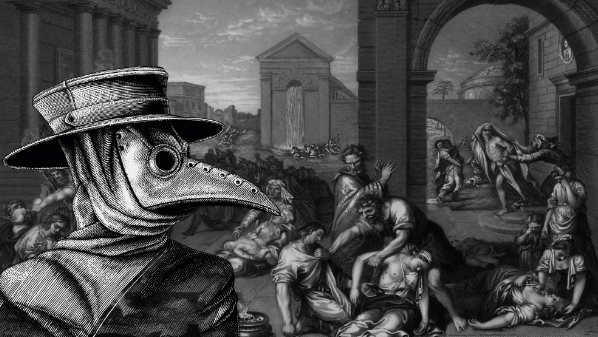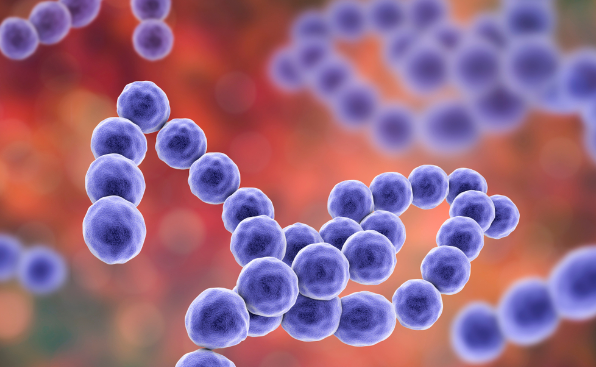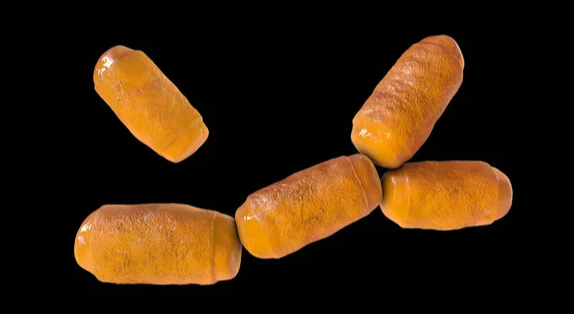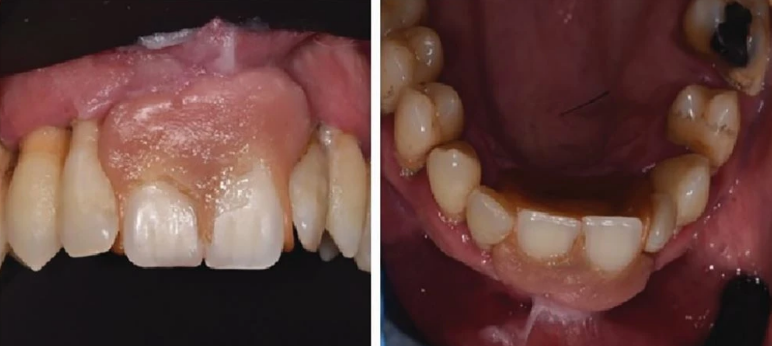Unveiling the Historical Roots of Modern Oral Microbiomes: Insights from the Second Plague Pandemic
The second plague pandemic, which happened in the second half of the fourteenth century, is a dark chapter in history. It not only changed the demographic landscape of Europe, but, as recent research from the University of Pennsylvania and the University of Adelaide shows, it may have left an indelible mark on the human oral microbiome.In this comprehensive exploration, we delve into the groundbreaking findings that illuminate the potential link between the Second Plague Pandemic and the composition of the oral microbiome in modern humans.
Methodology: A Glimpse into Ancient Dental Calculus
In the largest study of its kind, researchers, led by Laura Weyrich of Penn State, meticulously examined dental calculus from 235 individuals across 27 archaeological sites in England and Scotland spanning from 2,200 B.C. to A.D. 1853. The samples were processed in an ultra-sterile, ancient DNA laboratory to ensure minimal contamination, and the results, published in Nature Microbiology, revealed a treasure trove of insights.
Microbial Communities: Streptococcus vs. Methanobrevibacter
The researchers identified two distinct communities of bacteria within the ancient dental calculus: one dominated by the genus Streptococcus, prevalent in the oral microbiomes of modern Industrialized peoples.
And the other by the genus Methanobrevibacter, now considered largely extinct in healthy Industrialized individuals.
Temporal Changes and the Second Plague Pandemic
A staggering 11% of the total variation in microbiome species composition could be attributed to temporal changes, prominently marked by the arrival of the Second Plague Pandemic. Survivors of this harrowing event, who experienced elevated incomes and improved access to higher-calorie foods, may have triggered dietary shifts influencing the oral microbiome.
The Diet-Microbiome Connection
To understand the link between diet and the emergence of specific microbial communities, the researchers adopted a novel approach. They identified functional differences among the bacteria in the Streptococcus and Methanobrevibacter groups, linking them to dietary traits such as high or low-fiber digestion, carbohydrate metabolism, and lactose metabolism.
Streptococcus Dominance: Modern Diets and Periodontal Disease
The Streptococcus-dominated group exhibited functional traits associated with low-fiber, high-carbohydrate diets, and dairy consumption—hallmarks of contemporary diets. This dominance was also linked to periodontal disease, a condition characterized by infections and inflammation that can potentially lead to various health issues, including respiratory diseases, rheumatoid arthritis, coronary artery disease, and blood sugar issues in diabetes.
Methanobrevibacter Extinction: Skeletal Pathologies
Conversely, the Methanobrevibacter-dominated group, representing a microbial profile from ancient diets, lacked traits associated with dairy and sugar consumption. This group was found to be associated with skeletal pathologies, providing intriguing insights into the health implications of historical dietary practices.
Implications for Modern-Day Health
The research strongly suggests that the oral microbiomes of today might mirror past changes in diet triggered by the Second Plague Pandemic. Understanding these historical connections is crucial in unraveling the origins of modern chronic diseases, including obesity, cardiovascular issues, and mental health concerns.
Conclusion
In the intricate tapestry of human history, the Second Plague Pandemic emerges not only as a pivotal event that reshaped societies but also as a potential influencer of the oral microbiome, with far-reaching consequences for contemporary health. As we peer into the ancient dental calculus, a clearer picture of our microbial past unfolds, guiding us towards a deeper comprehension of the intricate relationship between historical events, dietary shifts, and the evolution of the human oral microbiome.
Sources
- Science Daily: Study of ancient British oral microbiomes reveals shift following Black Death November 29, 2023
- Nature Microbiology: Ancient dental calculus reveals oral microbiome shifts associated with lifestyle and disease in Great Britain; 29 November, 2023











